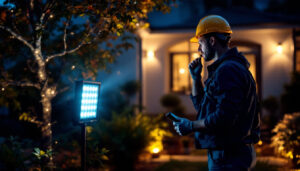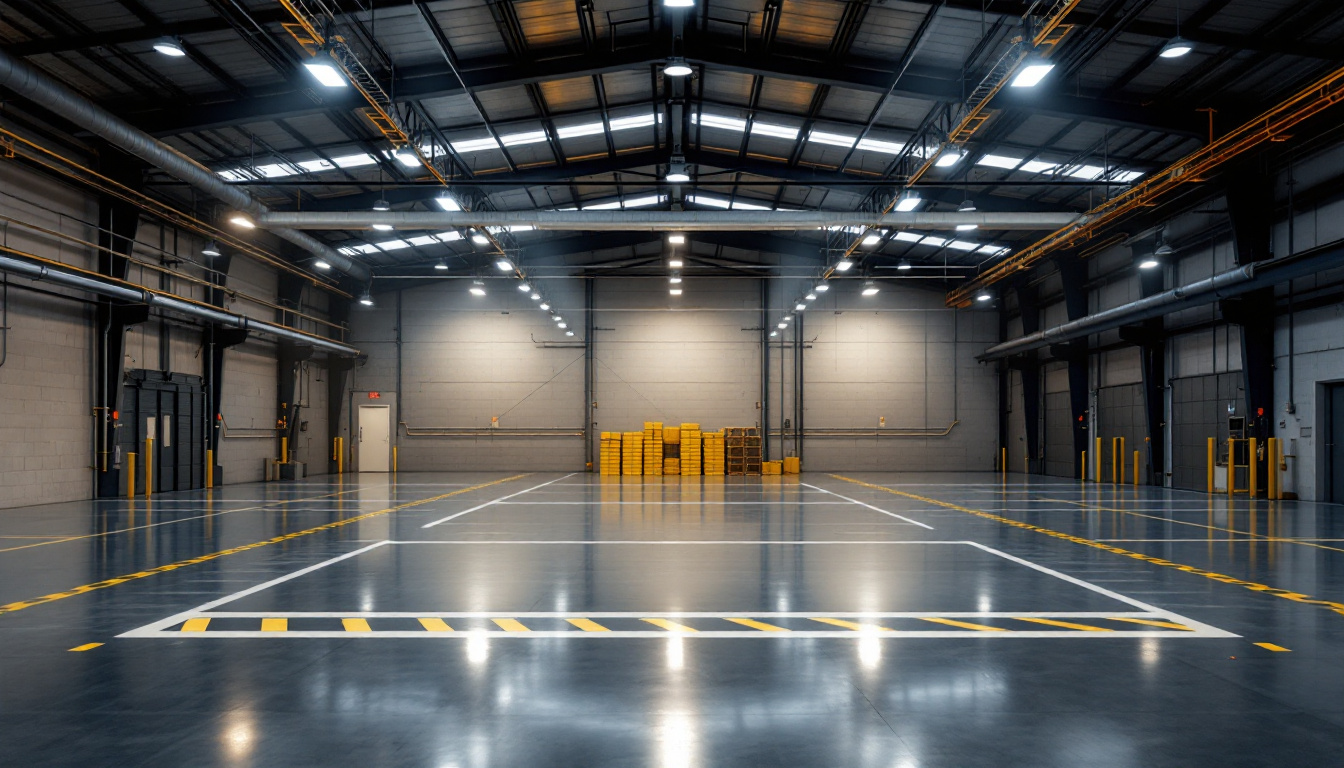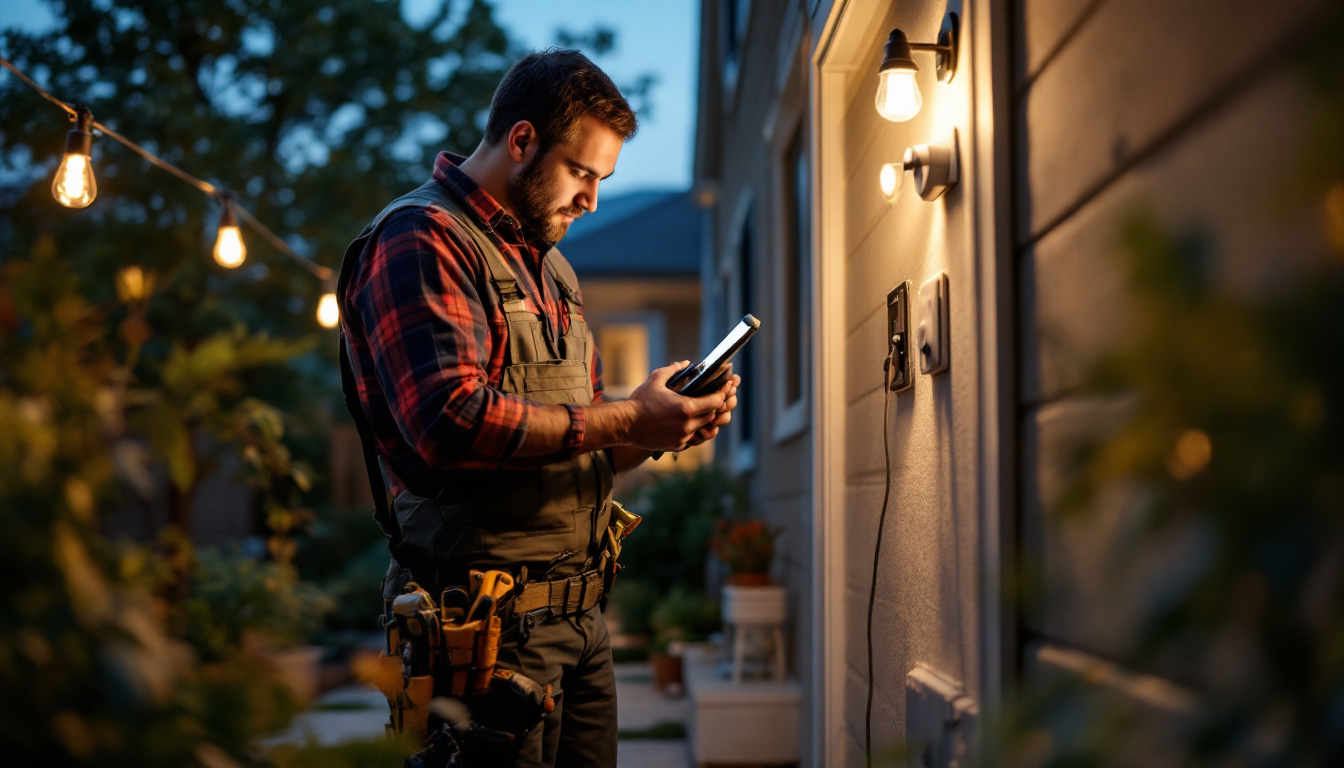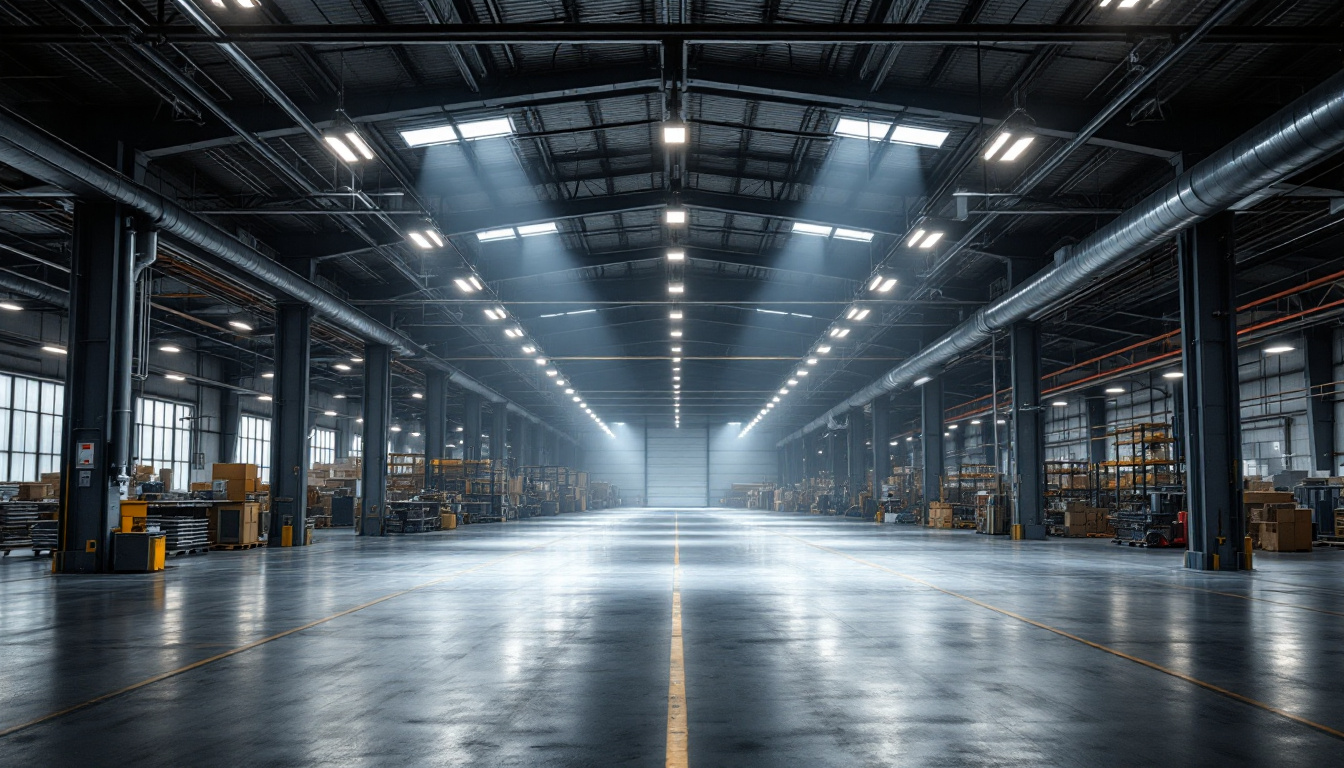

directional recessed lighting has become a staple in modern architectural design, offering both functionality and aesthetic appeal. For lighting contractors, understanding the nuances of this lighting solution is crucial for delivering exceptional results to clients. This handbook aims to equip professionals with the knowledge and tools necessary to effectively implement directional recessed lighting in various settings.
From residential spaces to commercial environments, the versatility of directional recessed lighting allows for creative solutions that enhance the overall ambiance. This guide will delve into the types, installation techniques, design considerations, and maintenance of directional recessed lighting.
One of the key advantages of directional recessed lighting is its ability to create focal points within a space. By directing light towards artwork, architectural features, or specific areas, designers can draw attention to elements that might otherwise go unnoticed. This not only elevates the aesthetic quality of a room but also contributes to the overall functionality by illuminating areas where tasks are performed, such as kitchens or workspaces. Moreover, the adjustable nature of these fixtures allows for flexibility in design, enabling users to easily change the lighting direction based on their evolving needs or preferences.
In addition to their practical applications, directional recessed lights also offer energy efficiency benefits. Many modern fixtures utilize LED technology, which consumes significantly less energy compared to traditional incandescent bulbs. This not only reduces electricity costs but also minimizes the environmental impact, making it a sustainable choice for both residential and commercial projects. Furthermore, the longevity of LED lights means less frequent replacements, which can save time and labor costs for contractors. As energy efficiency continues to be a priority in building design, the integration of directional recessed lighting can play a pivotal role in achieving sustainability goals while maintaining aesthetic integrity.
Directional recessed lighting fixtures are designed to focus light in specific directions, providing targeted illumination. Unlike traditional recessed lights that emit light uniformly, these fixtures can be tilted or adjusted to highlight particular areas or features within a space. This adaptability makes them ideal for accent lighting, task lighting, and general illumination.
There are several types of directional recessed lighting fixtures available, each offering unique features and benefits. The most common types include:
The advantages of incorporating directional recessed lighting into a project are numerous. First and foremost, these fixtures provide enhanced control over light distribution, allowing for a tailored approach to illumination. This control can significantly improve the aesthetics of a space, highlighting key features while minimizing shadows.
Additionally, directional recessed lighting is energy-efficient, often utilizing LED technology that consumes less power and has a longer lifespan compared to traditional incandescent bulbs. This efficiency not only reduces energy costs but also contributes to sustainable building practices.
Moreover, the versatility of directional recessed lighting extends beyond mere functionality; it also plays a crucial role in setting the mood and atmosphere of a room. By adjusting the angle and intensity of the light, homeowners and designers can create a cozy, intimate setting for gatherings or a bright, invigorating environment for workspaces. This adaptability is particularly valuable in multi-functional areas, such as open-concept living spaces, where the lighting needs may change throughout the day or for different activities.
Furthermore, the sleek and unobtrusive design of recessed lighting fixtures allows them to blend seamlessly into any decor style, from modern minimalism to traditional elegance. This aesthetic appeal, combined with their practical advantages, makes directional recessed lighting a popular choice among architects and interior designers looking to achieve both form and function in their projects.
Proper installation is crucial for achieving the desired lighting effects and ensuring the longevity of the fixtures. Below are some key techniques and considerations for lighting contractors when installing directional recessed lighting.
Before installation, a well-thought-out layout is essential. Contractors should assess the space and determine the areas that require illumination. Consider factors such as:
Selecting the appropriate fixtures is critical to achieving the desired lighting effect. When choosing directional recessed lighting, consider the following:
The installation process for directional recessed lighting typically involves the following steps:
Incorporating directional recessed lighting into a design requires careful consideration of various factors to achieve a cohesive look. Lighting contractors must balance functionality with aesthetics to create spaces that meet client expectations.
One of the key principles of effective lighting design is layering. Directional recessed lighting can be used in conjunction with other lighting types, such as ambient, task, and accent lighting, to create a well-rounded illumination scheme. This layering not only enhances the visual appeal but also allows for greater flexibility in how spaces are used.
For instance, combining directional recessed lights with wall sconces or pendant fixtures can add depth and interest to a room. The interplay of different light sources can create a dynamic atmosphere that evolves throughout the day.
The color and finish of directional recessed lighting fixtures can significantly influence the overall design. Fixtures are available in various finishes, including matte, polished, and textured options. Choosing a finish that complements the surrounding decor can enhance the visual integration of the lighting.
Additionally, consider the color of the light emitted by the fixtures. Warmer tones can create a welcoming environment, while cooler tones may be more suitable for modern or minimalist designs. Understanding the psychological effects of color temperature can aid in making informed decisions for each project.
Regular maintenance is essential to ensure the longevity and performance of directional recessed lighting. Proper care not only extends the life of the fixtures but also maintains the quality of light they provide.
Dust and debris can accumulate on the fixtures over time, affecting their performance and appearance. Regular cleaning is necessary to keep the fixtures looking their best. Use a soft, dry cloth to gently wipe the exterior of the fixtures, and ensure that the bulbs are free from dust as well.
For fixtures that are hard to reach, consider using a vacuum with a brush attachment to remove dust without damaging the fixture. Establishing a cleaning schedule can help maintain the aesthetic and functionality of the lighting.
Directional recessed lighting often utilizes LED bulbs, which have a longer lifespan compared to traditional bulbs. However, when a bulb does burn out, it’s important to replace it promptly to maintain consistent lighting levels. Ensure that replacements match the original specifications in terms of wattage and color temperature.
In some cases, the entire fixture may need to be replaced due to wear or damage. When replacing fixtures, consider upgrading to newer models that may offer improved energy efficiency or enhanced features.
Directional recessed lighting presents a unique opportunity for lighting contractors to enhance their projects with versatile and stylish solutions. By understanding the various types of fixtures, installation techniques, design considerations, and maintenance practices, contractors can deliver exceptional results that meet the needs of their clients.
As the demand for innovative lighting solutions continues to grow, staying informed about the latest trends and technologies in directional recessed lighting will be essential. By leveraging this knowledge, lighting professionals can not only elevate their work but also contribute to the creation of beautifully illuminated spaces that inspire and delight.
Ready to take your lighting projects to the next level? At LumenWholesale, we provide lighting contractors with the highest quality, spec-grade directional recessed lighting products at unbeatable wholesale prices. Say goodbye to local distributor markups and hello to superior lighting solutions that meet the highest industry standards. With our hassle-free bulk buying and free shipping, you can trust that you’re getting premium lighting at the best value — without any hidden fees. Elevate your lighting installations with the perfect blend of quality, affordability, and convenience. Explore our selection and start saving with LumenWholesale today.

Discover the essential factors in determining the right number of high bay lights for your space.

Discover essential insights and expert tips on track lighting in this comprehensive guide tailored for lighting contractors.

Discover the key challenges lighting contractors face when installing motion lights, from technical hurdles to client expectations.

Discover how high bay shop lights can transform your workspace with enhanced illumination and energy efficiency.
Get notified when NEW deals are released.
Optimize your budget with wholesale discounts.
Only top-quality, specification-grade lighting products.
No additional costs at checkout - what you see is what you pay.
We understand the unique needs of contractors.